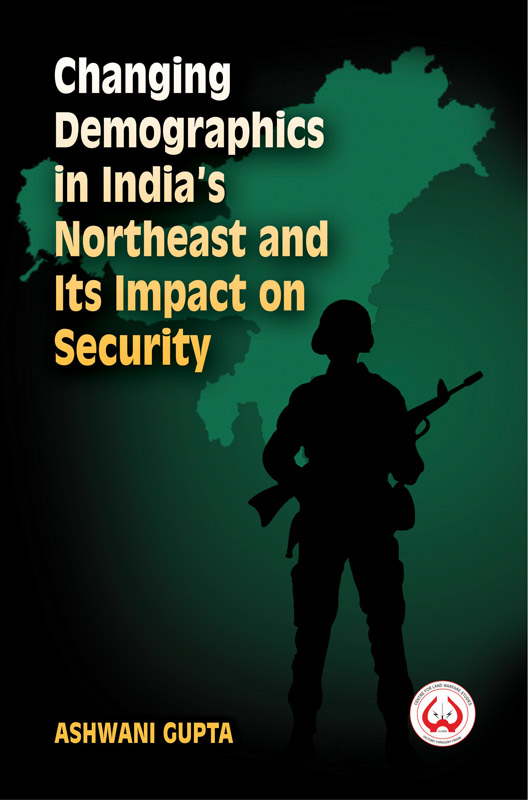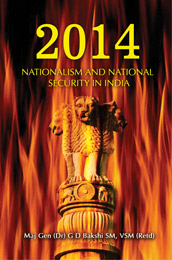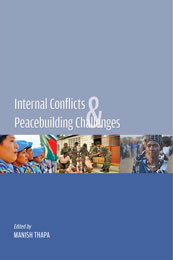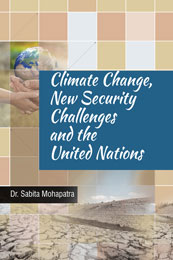Subjects
Changing Demographics in India's Northeast and Its Impact on Security
Col Ashwani Gupta
Northeast India is a unique mix of ethnic, cultural, religious and linguistic diversity. The British policies of the 19th and 20th centuries encouraged movement of settlers into Assam and Bengal for increasing productivity and reclaiming barrer tracts of land. This uncontrolled movement was resented by the tribal population, who feared loss of their land and identity. Post independence and the 1971 War, large scale migration, to escape religious persecution and in the search for better living conditions, has led to alteration of the demographic profile which has further created social tensions. The quest to maintain tribal identity, the fight for diminishing resources and the vote bank local politics have manifested in insurgency movements, frequent cycles of violence and poor development of the region.
Assam and Tripura have faced insurgency due to the demographic change whereas the Manipur, Nagaland and Mizoram insurgencies are based on the issue of tribal identity. Material support by China as well as Pakistan, and easy access to Bangladesh and Myanmar have resulted in the establishment of insurgent camps across the border. Open borders, increasing religious fundamentalism and rise of religion-based insurgent groups have serious security repercussions, with a violence cycle on tribal and religious lines, as witnessed in Assam.
Given the complexity of the problem, the solutions are complex and require strong political will, at both central and state levels. Strong diplomatic overtures are required with Bangladesh and Myanmar to take action against insurgent camps on their territory and negotiate transit rights for better connectivity. The government has to devise means to bring all factions of the insurgent groups to a common negotiating table. India’s Look and Act East Policy can provide huge economic benefits with a land gateway to the Association of Southeast Asian Nations (ASEAN) through Myanmar, and revitalise the northeast region. The last important facet would be perception management in integrating the region with the rest of India by treating these states as the Indian heartland and not merely as rim states.
Author
Col Ashwani Gupta is an alumnus of RIMC, Dehradun and was commissioned in the Corps of Engineers in June 1989. A Gold Medalist in Civil Engineering from the College of Military Engineering, Pune, he is a graduate of the Defence Services Staff College, Wellington. Having rich and varied experience, Col Gupta has been part of the Indian Army Training Team at the Kingdom of Lesotho, Southern Africa, serving as an Intelligence Advisor, and has commanded an Engineer Regiment in the northeast and a Border Roads Task Force in eastern Ladakh. He has also served as Deputy Director, CLAWS, from 2009 to 2012
Contents
Abstract
1. Formative Years
2. After Effects of Illegal Migration
3. Demographic Changes and Rise of Insurgency
4. Neighbourhood Effect
5. Challenges and Recommendations


 Political Science
Political Science



